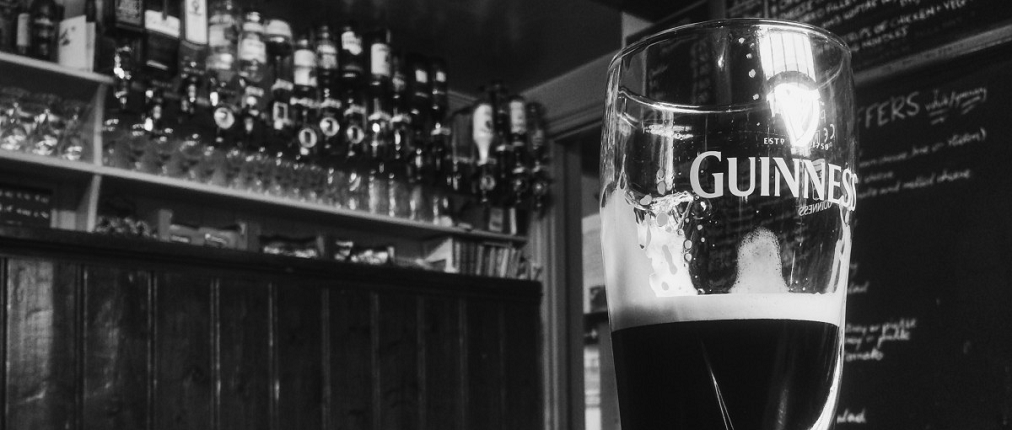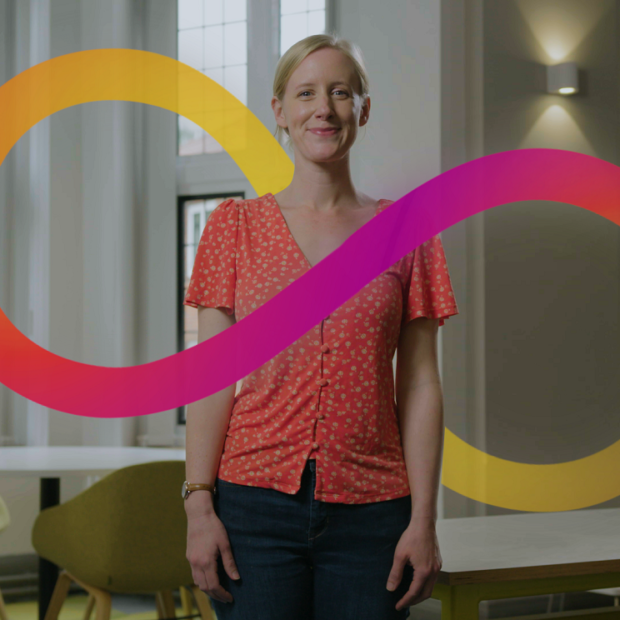Hartley News Online Your alumni and supporter magazine
I graduated from the University of Southampton in 1972, and joined Guinness in their massive London brewery as a research chemist working on hop chemistry…
Within a year, I had transferred to the brewing department as a junior brewer, living on site in the staff houses, and working 24-hour shifts running the process with 20 other junior brewers. It was chemistry on a huge scale. Very exciting times – I was only 22, but responsible for all process decisions when senior management had gone home. We played lots of sport, enjoyed free beer, and I married a brewery secretary.
In 1979, we were sent to Nigeria to work for three years in the Benin Brewery brewing Harp Lager and Guinness Foreign Stout, which was fantastic experience, and it taught me self-reliance. Guinness made more profit in Africa than in the UK and Ireland combined.
Back in the UK in 1982, the company had thrown off the influence of the unions, was making redundancies, restructuring, and bought Bell’s Whisky. Guinness, like so many UK manufacturing companies in the late 70s, was inward-looking, living on past glories, and backward in developing management skills. Many ‘Oxbridge’ brewers/directors who ran the company were let go, and the ‘red brick’ grads took over the technical brewing. Within two years, we became a spirits group focused on buying distillers.
The UK brewery was old and underinvested, so I left to join Allied Bakeries as a GM, and later Christian Salvesen Logistics, who had warehousing contracts with M&S. Salvesen sent me to Ashridge Management College for the four-week GM and SM courses. At last, I had the management tools to do the job.
I had a pressurised and stressful life in baking and contract logistics, latterly as a sales director, trying to win new contracts, which we did. The operations side then lost control of the client warehouse, and I was asked to rescue it, which I did after three months of slog, but it made me ill. I retired at 55.
Whilst at Guinness, I got interested in their corporate history and the 250-year story of the brand. I used their archives in London and Dublin, began collecting their advertising merchandise, and started to write books on my research.
My first book, A Bottle of Guinness Please, was the story of the Victorian beer export around the world. I met other Guinness advertising collectors, and my second book was The Guide to Guinness Collectables. I have written two other books on the art of John Gilroy, the famous artist who painted their classic UK posters using the slogans ‘Guinness for Strength’, ‘Guinness Time’, and ‘Guinness is good for you’. In 2016, I edited the memoirs of Edward Guinness, the last family director, prior to his 90th birthday.
Five top facts about Guinness
1. The brand is 250 years old, but they only started mass advertising in the UK in 1929 and in Ireland in 1959.
2. Around 1900, Guinness was the best-selling beer in the world (with no advertising).
3. Today, it is brewed in 55 countries, all over Africa and the Caribbean, and in Asia.
4. Most profit today comes from the 7% alc Foreign Extra Stout, which is brewed stronger to keep in the tropics. It has higher bitterness, is more acidic, with stronger flavour than the UK/Irish Guinness.
5. The blackness and taste of Guinness comes from roasted barley. Hops give bitterness, and no sugar is used so the finish is dry. The creamy head on Draught Guinness comes from using nitrogen mixed with CO2.



